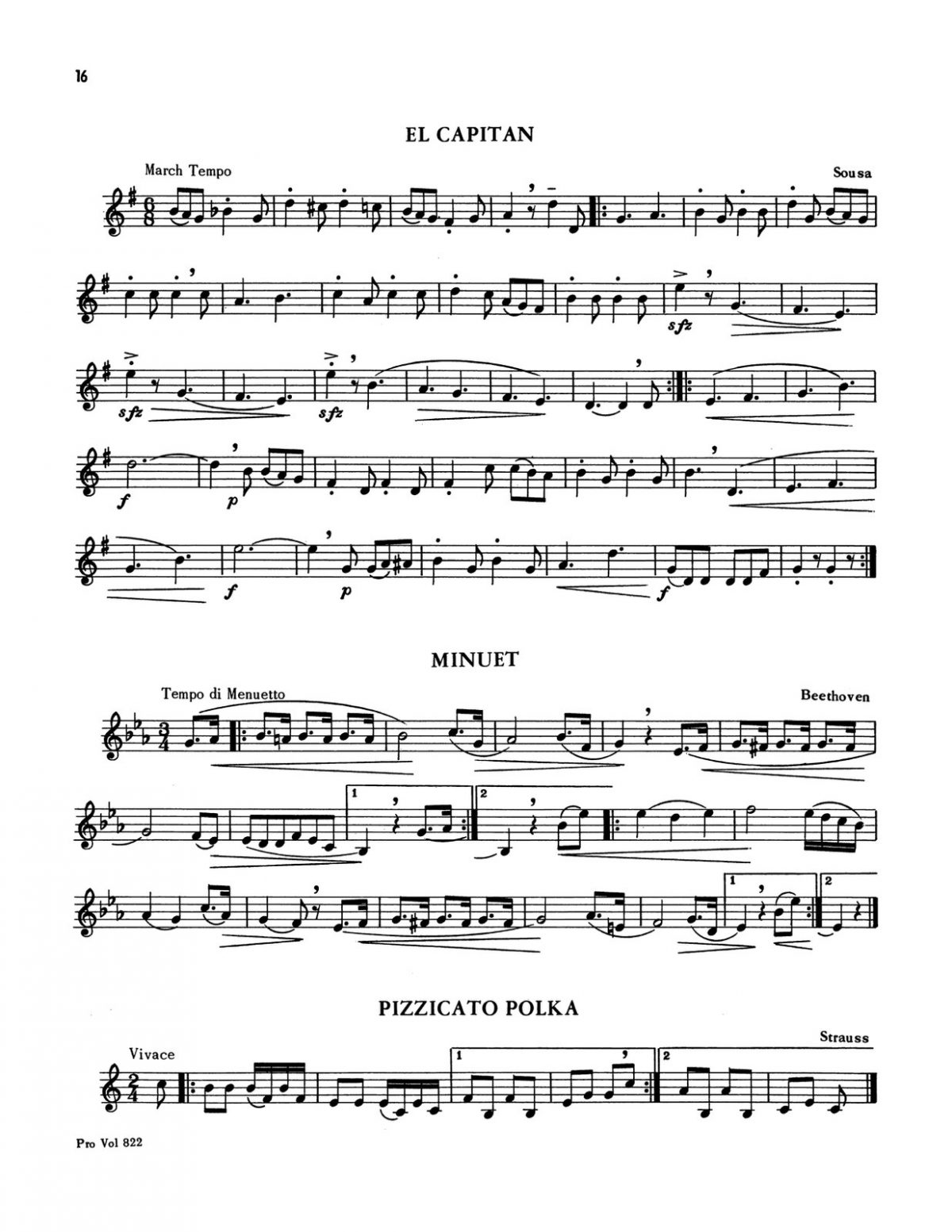

Orchestrationally, the horn blends well with the clarinet and creates a tonal balance in the ensemble.

Its distinct tone color creates yet another texture for the ensemble. To composers of the mid-18th century, the horn was an important instrument that could sustain a beautiful harmonic texture, provided volume and drama, and was used rhythmically to accent certain beats of the music. However, as we can see, the genre evolved from the wind section of the classical orchestra, and the standard classical orchestra only had one brass instrument, the french horn.

The inclusion of the french horn in the woodwind quintet is confusing mostly because the ensemble was named a woodwind quintet. Hopefully, in some way, we have already answered this question. Woodwind Quintet Instruments Why is a French horn in a woodwind quintet? The twenty-four wind quintets of Anton Reicha and the nine quintets of Franz Danzi really provided the foundation that inspired other composers to write for the ensemble, and thus, the wind quintet flourished. It is believed that the woodwind quintet is a natural evolution of the wind octet, taking one principal player from each member of the wind section of a classical orchestra. You have to think, without recorded music, how did people experience a Mozart or Beethoven symphony? Sometimes, arrangements for smaller ensembles helped expose this music to more people. Mozart wrote several well-known compositions for these instruments, and there are even arrangements of major orchestral works for this genre, presumably to make the music more accessible to the population. A somewhat popular chamber music genre from the classical era is the wood octet, which basically featured the woodwind section from the orchestra. However, many enhancements to all the woodwind instruments started pushing their technical abilities and improved intonation, allowing them to have a more significant contribution.Ĭlassical orchestras often had 2 clarinets, 2 oboes, 2 bassoons, and 2 french horns. Technical limitations on the instruments relegated them as accessories to string instruments in large ensemble settings, adding volume, accents, or harmonic support to an otherwise string dominated piece. Many scholars have attempted to pinpoint the origin of this ensemble, but it is difficult to say for certain exactly when and how this ensemble came to be.ĭuring the 18th century, woodwind instruments were not seen as incredibly virtuosic. We will be discussing the development of the woodwind quintet, woodwind quintet instruments (answering the question “Why is a French Horn in a woodwind quintet?”), and some of the most popular pieces in the woodwind quintet repertoire. Whereas the string quartet is very homogeneous in sound, the woodwind quintet consists of five distinct tone colors that blend in unique ways to create marvelous music. The string quartet is one of the most common chamber ensembles (2 violins, 1 viola, 1 cello), but when you look at wind instruments, there is nothing quite like a woodwind quintet. Nestled in the pocket between solo instrumental music and orchestral music is a colorful world of chamber ensembles with a wide array of literature that is widely unknown to the general population. One of my favorite chamber ensembles is the woodwind quintet.


 0 kommentar(er)
0 kommentar(er)
